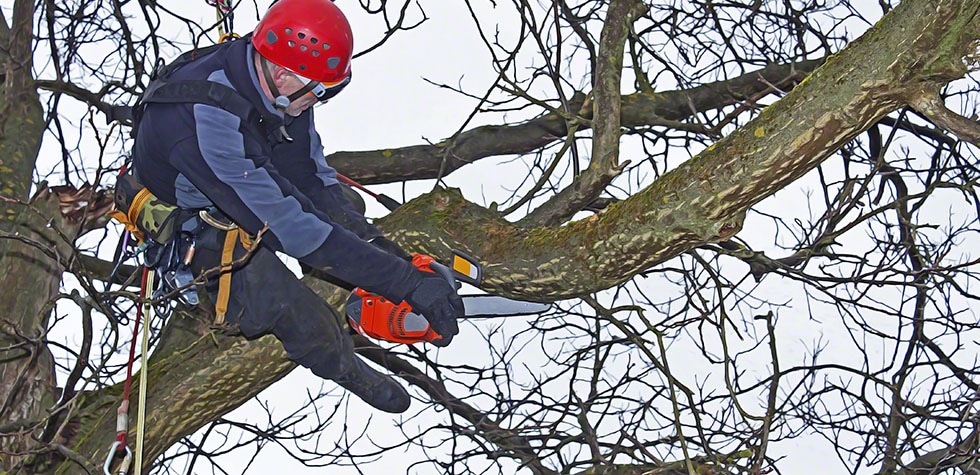A damp chimney breast can be an irritating issue. Although it is common, you should be aware of the causes and fixes that can be carried out after a chimney inspection. These are the important details surrounding chimney breasts to ensure no damp issues return in the future. Let’s begin.
Causes Of Damp Chimney Breast
As mentioned earlier, a damp chimney could be a result of several factors. However, before we can discuss the fixes, it is important for you to understand the causes.
Opened Or Capped Chimney Stack
The first thing you need to check in case of a damp chimney breast is whether it is opened or capped chimney stack. If it is opened and the chimney is not in use, it most probably means the moisture is entering and traveling to the base of the stack, resulting in a damp chimney breast.
A tell-tale sign of this issue is the base of the chimney breast being damp. In most cases, homeowners might think that the issue is something else but in fact the issue persists at the top and not the bottom. The best way to confirm the problem is by removing a brick from the base and taking a look inside.
If there is moisture, you can try adding a cowl or vented cap to see if it resolves the issue. You can also try removing the pots and adding a paving slab on top of the stack instead. However, if you intend to keep the chimney, opting for cowls is going to be a better option.
On the other hand, if your chimney stack is capped and there is still dampness, it means there is no proper ventilation. In this case, the dampness will be caused by condensation as the cold air is trapped in the void. So, the only way to fix the issue is by improving ventilation.
Chimney Stack Mortar
Chimney stack mortar might be another reason your chimney breast is damp. Even though mortar is a tough material and will last years but certain external factors such as extreme weather conditions can influence its structure and lifespan.
This means that if the mortar has developed cracks or damage, moisture will enter. But the issue here is that fixing mortar is not an easy job. You will need to consult a professional and get the issue fixed immediately. Delaying the issue will result in moisture or water affecting the structure of your house.
Shared Chimney
A shared chimney could also result in a damp chimney. If you are sharing your chimney with your neighbors, it could be they have carried out some work that has caused the chimney to leak. It could also be that they have blocked internal ventilation or fitted a wood burner without inserting the correct flue.
To fix the issue, you will need to consult your neighbors. If they have carried out some work, you will need to assess it and look for moisture or dampness. And if you do, communicate the cause and fix it politely so that both parties can agree.
Lead Flashing
The lead flashing is used to seal any joints connecting the roof with the wall or a chimney stack. Assess the chimney flashing for any damages or cracks. If the lead looks in poor condition, you will need to get it fixed. The issue is that lead is layered, lapped, sealed, or soldered using silicone to create a continuous run.
With time, the silicone could wear out and the joints could become exposed. Typically, lead is used as it is easy to use, can withstand extreme weather conditions, and will last years. However, if you find moisture or a salt-like substance on your roof, it most likely means the lead is gone.
At the same time, lead can be expensive but there is no other material in the market that does the job of preventing water from entering due to gravity and wind pressure.
If you cannot afford to get the flashing fixed, you could opt for a flashing tape that will help solve the issue temporarily.
Guttering
Broken or blocked gutters can cause rainwater to collect in unwanted areas leading to chimney dampness. In the case of extreme rainfall, water can travel down the face of the wall and enter the cracks or splits in mortar leading to dampness.
That said, if you live in a region that experiences rainfall throughout the year, it is highly likely that the chimney becomes damp sooner or later. In this case, you will need to inspect the guttering for any poor joints, cracks, or splits. If there are some, you will need to hire an expert to fix the issues as soon as possible.
Damaged Tiles
Finally, it comes down to damaged tiles. The primary purpose of installing tiles on the roof is to make it watertight. With time, the tiles become cracked or damaged causing the water to enter. As a result, your chimney might show signs of dampness.
You have to keep in mind that sometimes damp issues could be a distance away. So, you will need to put in some time and effort to determine the root cause of the problem. In the case of tiles, you will need to take a close look at each tile and assess its condition.
If you find that a tile is damaged, simply replace it. However, if the roof has been neglected over the years, you will need to replace all the tiles.
How To Fix And Prevent Chimney Dampness?
Now that we have discussed the causes of a damp chimney breast, let’s move on to discussing the fixes and prevention.
Install A Chimney Liner
Fitting a chimney liner will help fix and prevent a damp chimney later down the road. A chimney liner will improve the efficiency of the flue and protect the chimney against damage. But if you have had one installed for some time, you will need to check its condition and maybe replace it by finding chimney relining services Columbia MD.
Get Regular Chimney Sweeps
Perhaps the best way to prevent chimney dampness is to get regular chimney sweeps. This is very important if you live in a region that experiences extremely cold temperatures. As a result, you will be using the fireplace more frequently causing the chimney to accumulate layers of soot, which is a byproduct of burning wood.
Ignoring chimney cleaning or sweeping will intensify soot accumulation to the point where only an expert will be able to clean it. Therefore, to avoid major costs, you should not only inspect and clean the chimney at least once a week yourself but also schedule expert maintenance.
Look For Signs & Symptoms
As mentioned previously, chimney problems can sometimes be difficult to spot as they may take time to show up. In this case, you cannot do much but inspect the roof and the chimney for visual signs or unusual activity.
If you come across a salt-like substance, a damaged tile, or water leakage, it could be that the chimney is affected. Instead of replacing the tile, inspect the chimney for any leakages and make sure everything is fine. And if you are not able to do that, do not hesitate to call a professional.
Conclusion
Fixing a damp chimney breast could be difficult especially if the symptoms have taken too long to show up. By this time, the damage might already be done. To prevent such issues in the future, regularly inspect the chimney and schedule yearly expert maintenance with the help of chimney contractors Bowie depending on the fireplace usage.


